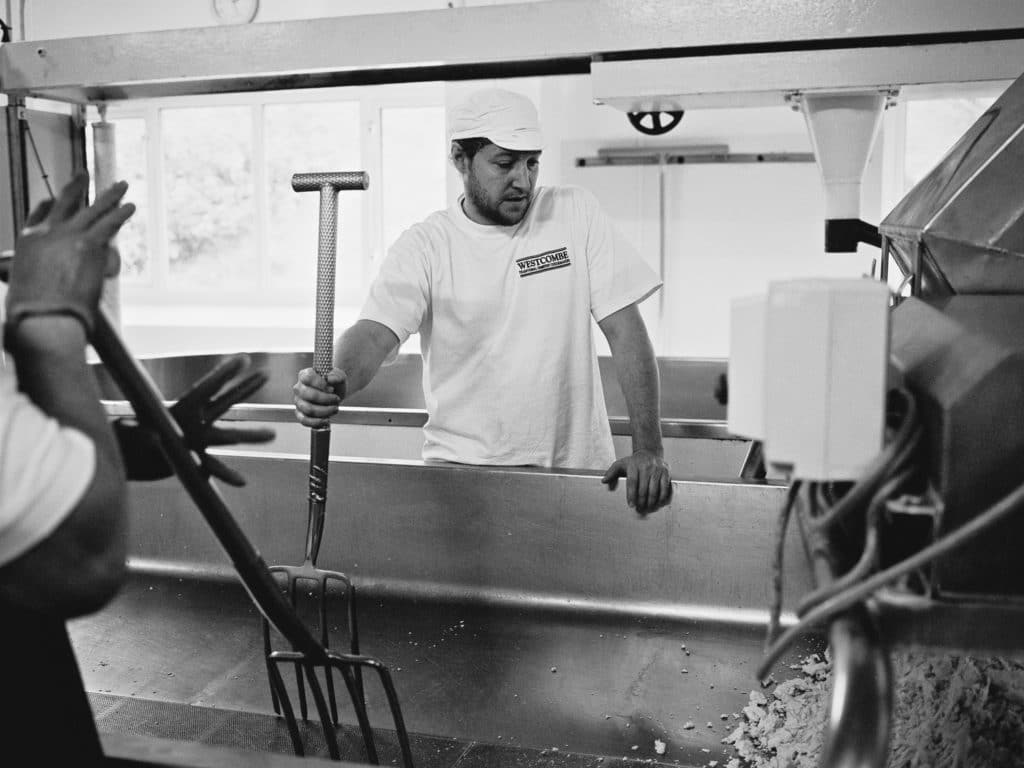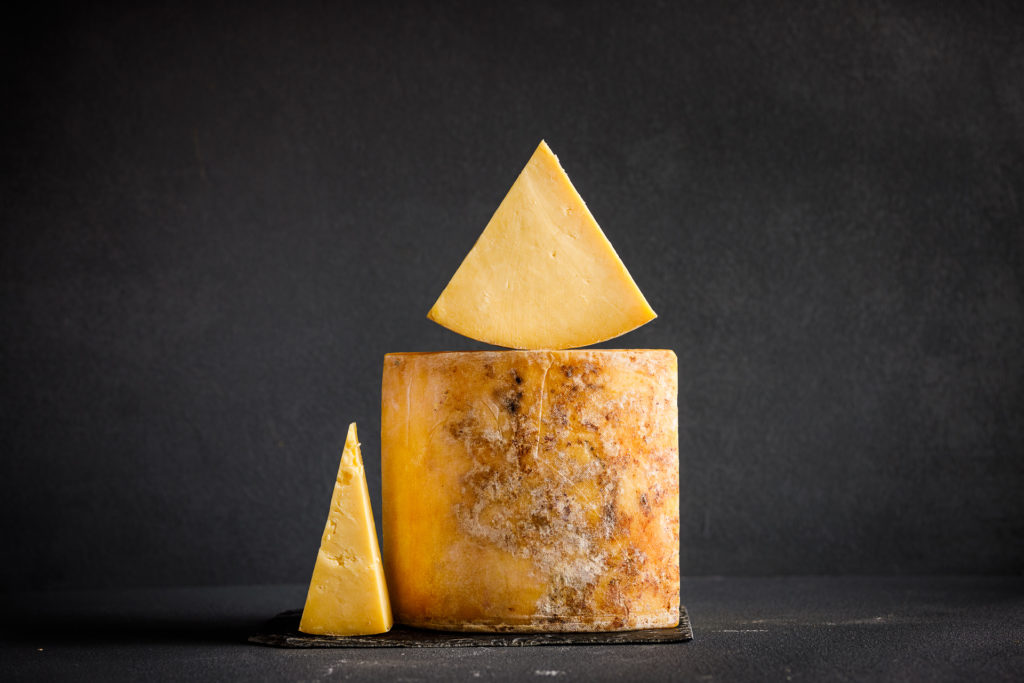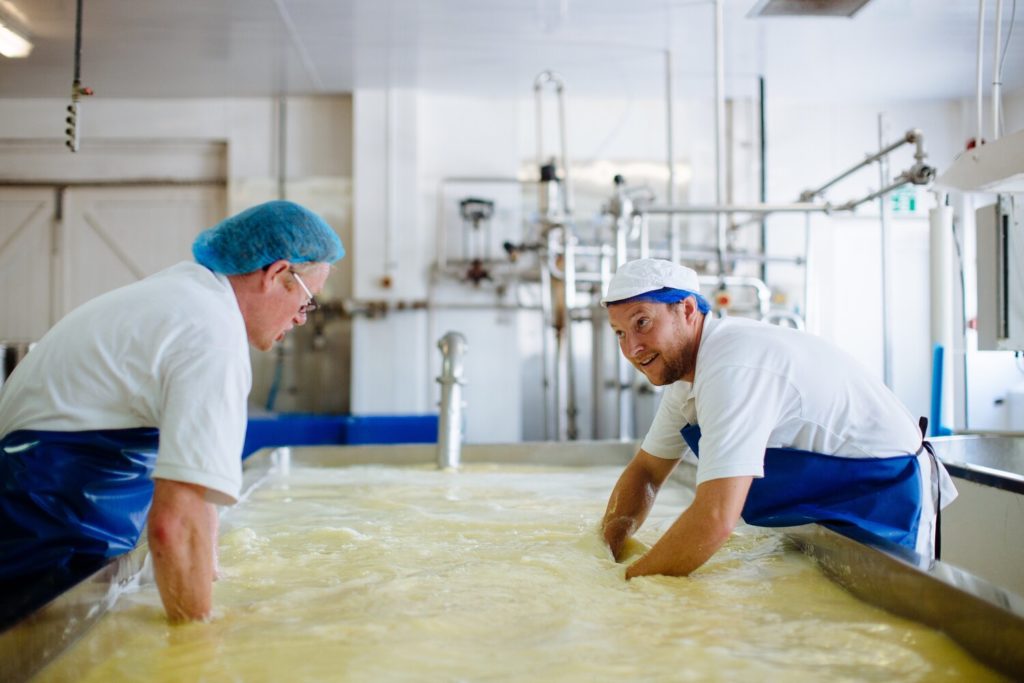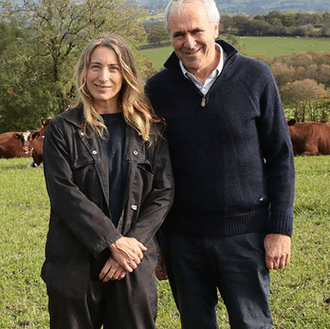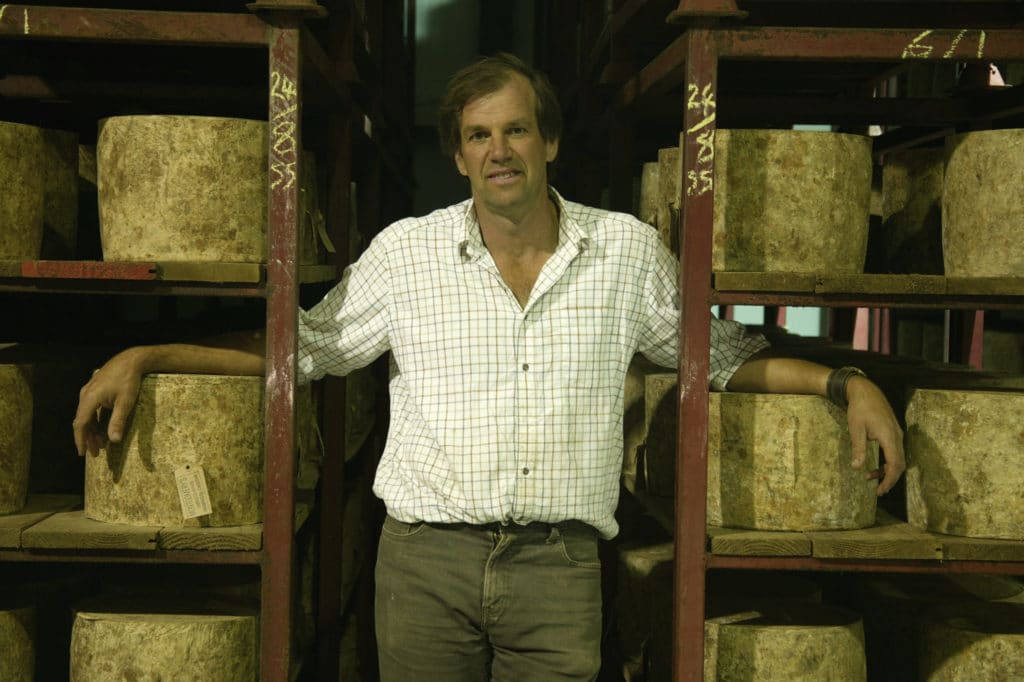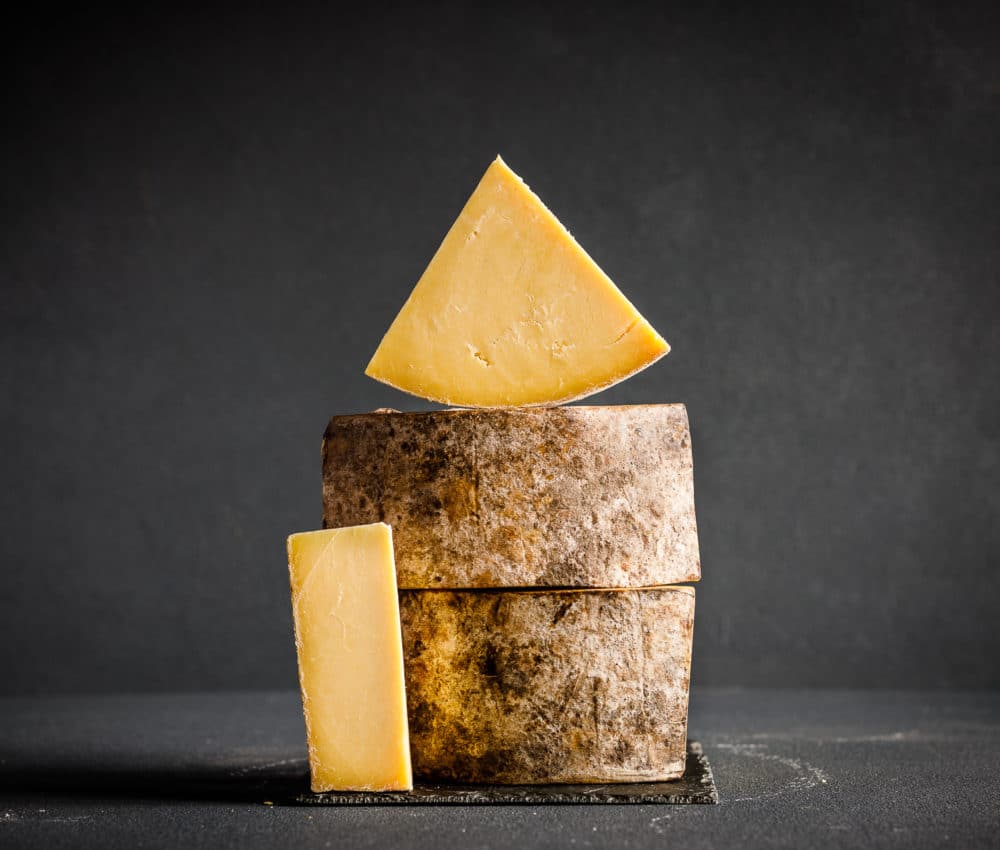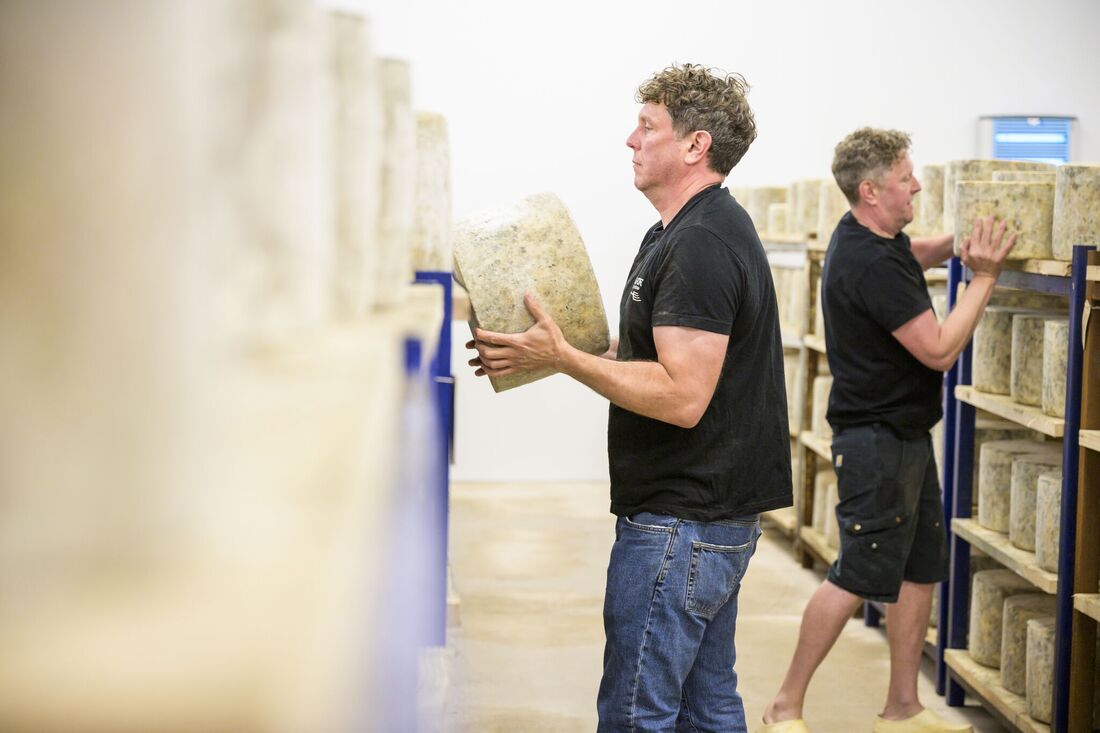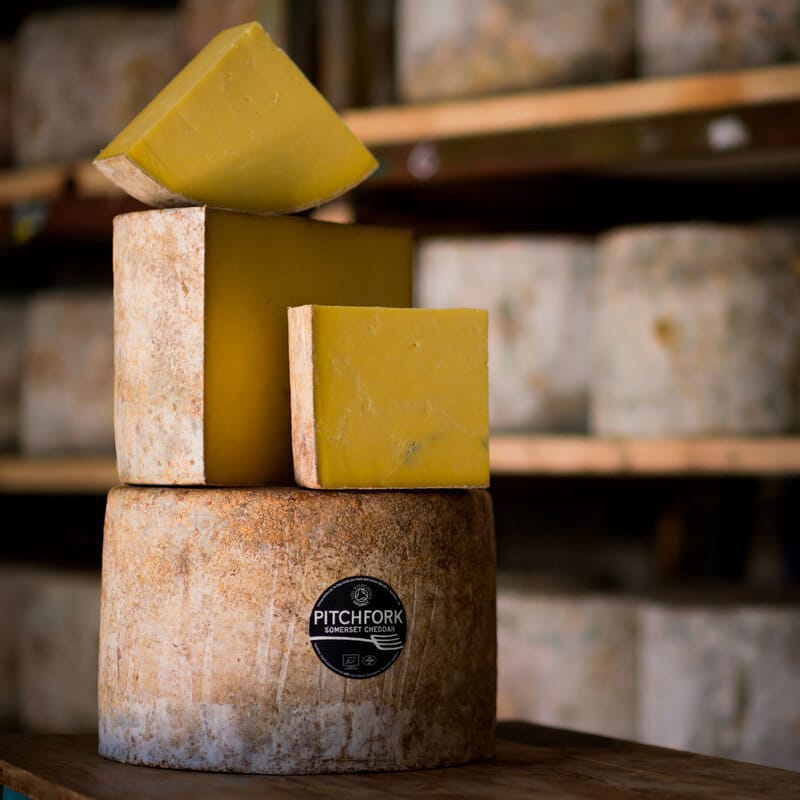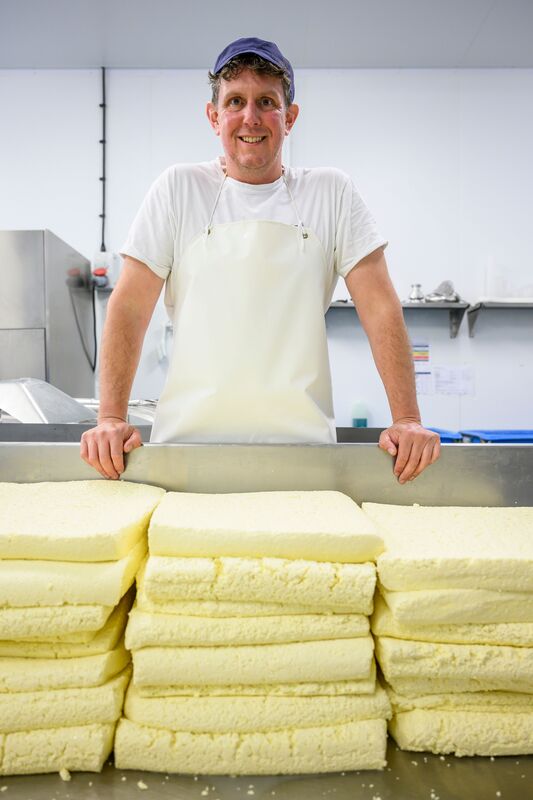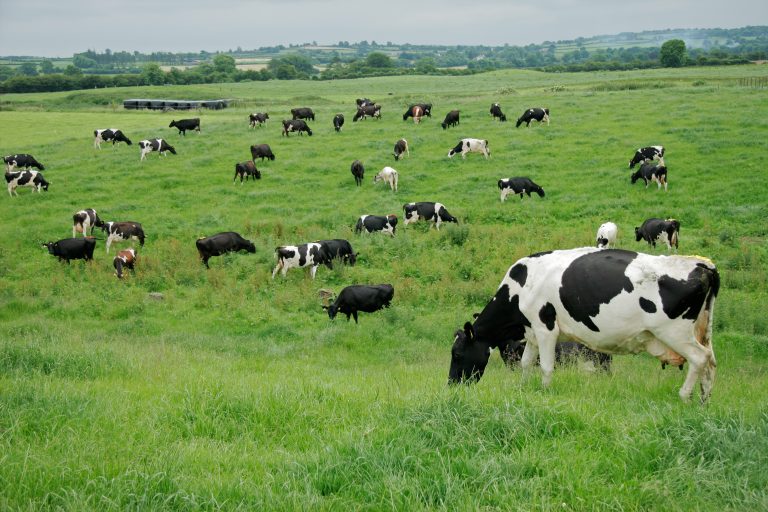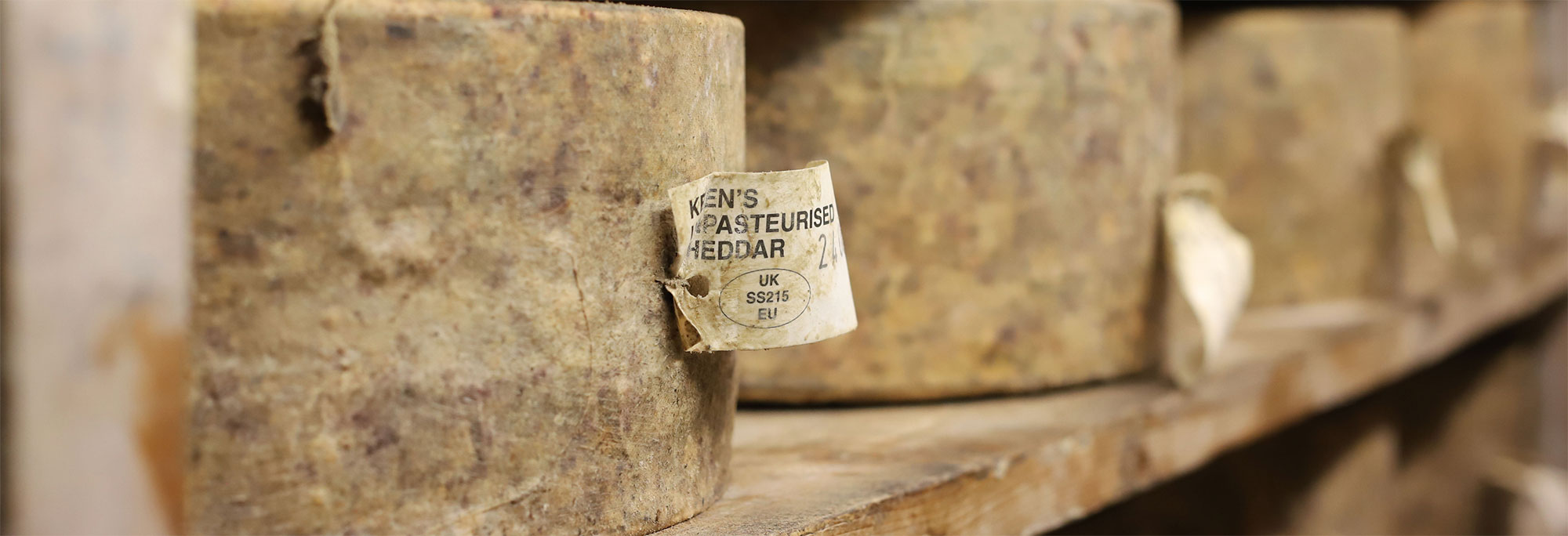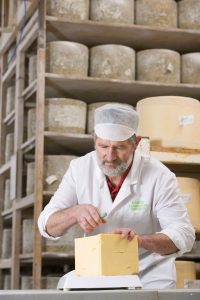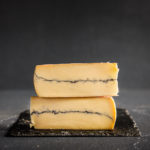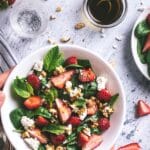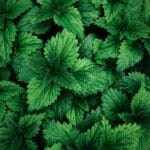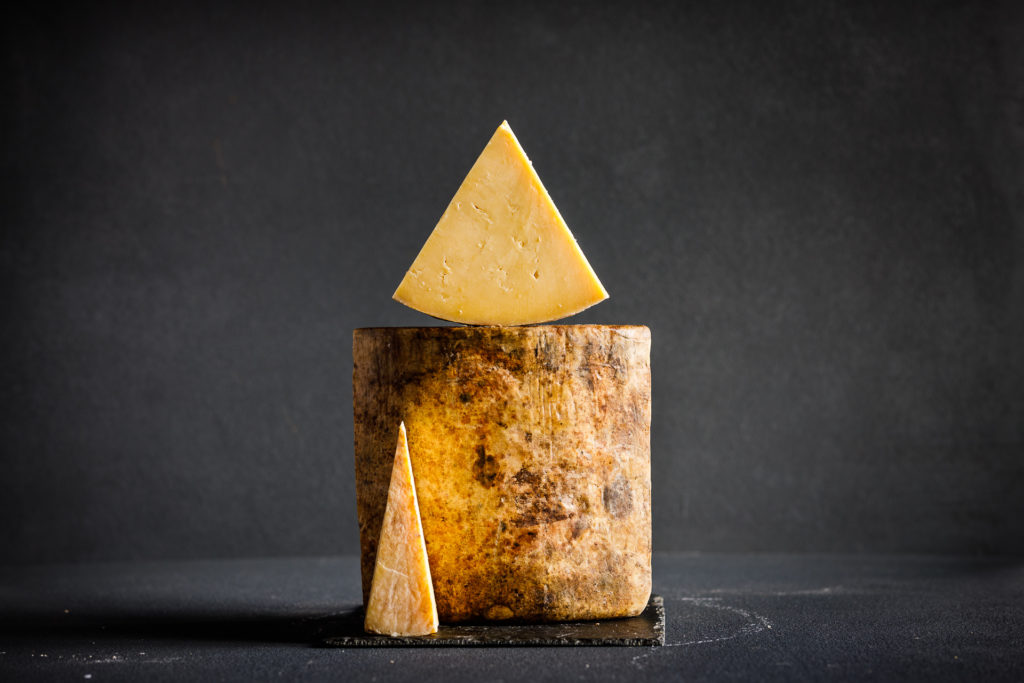
We Brits have been making cheddar for a long time but it was in the 1850s when certain key producers (notably Joseph Harding; founder of the ‘Harding Method) refined, and put to paper, techniques still used to make this famous Somerset cheese today. But it hasn’t always been as easy to get hold of. Much as our French cousins still do in parts of France today, British farmers used to have much smaller herds and also lower yielding breeds too. That said, Cheddars were huge! 45-50kg in weight so were hard to move, were made collectively… and the cheese was expensive too, reserved only for the rich!!!
The term ‘Cheddar’ has no specific ‘protected designation of origin’, ‘cheddar’ can pretty much be made anywhere in the world. Ironically it was the industrialisation of the cheddar making process in America and cheap imports into the UK that drove the price down and also nearly crippled British Cheddar production. Wherever else it’s made we can say with certainty that when it comes to cheddar… Britain rules the ‘whey’ves! (do you see what I did there!!!)
‘West Country Farmhouse Cheddar’ now has a protected name and a Protected Designation of Origin (PDO) .
We’d like to share our five champions with you:
Westcombe Dairy
Records show that unpasteurised cheddar was being made at Westcombe Farm by Mr & Mrs Brickell in the early 1900s, and before that by Edith Cannon in 1890. This reputably formidable lady made a cheddar that was legendary in these parts – and which inspired the Brickells.
Records show that unpasteurised cheddar was being made at Westcombe Farm by Mr & Mrs Brickell in the early 1900s, and before that by Edith Cannon in 1890. This reputably formidable lady made a cheddar that was legendary in these parts – and which inspired the Brickells.
Son, Tom Calver, took over cheesemaking at Westcombe Dairy in 2008. seeking to improve the quality of the cheese by mastering every aspect of its process, from ensuring the milk was as good as possible, to understanding the interplay of traditional cultures and rennets on the milk’s natural bacteria. Tom encourages an intuitive approach that seeks to express the milk’s true character, believing the key to making great cheese lies in understanding the daily-changing character of the milk.
The Cheese? Francis Gimblett (in his guide to the Best of British Cheeses) describes the following:
‘Rich and characterful scents of seed, vanilla and creamed cashew, which continue through to the rich cream-crunch palate with flavours of summer hay, dried orchard fruit, becoming stone-mineral-like towards the rind.’
We think it has a lovely earthy quality.
You might also enjoy their Westcombe Red and earthy take on the traditional Red Leicester or their smoked Westcombe; Brickellwood, smoked over cherry.
Hafod
So not all great cheddar has to come from Somerset! Hafod (pronounced Havod) is from West Wales and it’s a belter. Bwlchwernen Fawr is a 300-acre farm situated about 10 miles from the Ceredigion coast. Originally as a member of a commune, then tenant and now owner, Patrick Holden has been based at the farm since the early 70’s. Patrick and his wife Becky now run the farm, producing a traditional hard cheese called Hafod from the raw milk of their Ayrshire dairy herd.
Bwlchwernen Fawr has been certified organic since 1973, making it the longest standing registered organic dairy farm in Wales. Their aim is to farm in harmony with nature, minimising the use of outside inputs, including energy, feed and bedding, in line with the principles of the circular economy.
The quality of the milk is a direct reflection of what the cows eat – lush herb rich pastures, hay and silage, all containing a wonderful diversity and complexity of nutrients which give the cheese its unique quality and flavour. Its good cheddar!
Montgomery’s – Extra Mature
Jamie Montgomery’s Grandfather, Sir Archibald Langman, bought the family farm in 1911 and while so many others gave up during the World Wars, they continued to churn their cheese for many to enjoy.
Elizabeth Montgomery followed her father’s footsteps and took the reigns from Sir Archibald to ensure the same high-quality standards and unique recipe were followed. She continued to lead through the 60’s, 70’s and 80’s at a time when the growth of the supermarkets appeared to seriously threaten the future of unpasteurised cheddar. Despite the struggles the famous Montgomery cheese survived and son Jamie is now at the helm, a Master Cheesemaker, flying the Montgomery flag for a third generation.
Jamie is committed to every small detail that goes into the production of his family made cheese – from the quality of the grass that his cows graze on, through to the taste and texture of the final product. While many farmers are changing their methods of farming across the country, Jamie has stuck to his guns and still farms in the same traditional way as his family before him.
Most cheeses are matured for 12 months, carefully wrapped in the traditional muslin cloth on top of spruce wood shelves. Our Montgomery Extra Mature is matured for 18 months; showing total dedication to the art of cheese making and dairy farming to produce what is the epitome of traditional, handmade, unpasteurised Somerset cheddar.
Francis Gimblett describes Montgomery’s Cheddar as:
‘A wonderfully mottled, lived in, rind gives aromas of warm forest floor and dry loft apple, and the cream-crunch core has a solid bite with notes of hazelnut, creme caramel and milled seed, with yeasty marmite undertones. Exceptional.’
Its hard not to agree especially as it just grabbed a Gold at the 2021 Artisan Cheese Awards in Melton Mowbray.
Trethowan’s ‘Pitchfork’ Cheddar
With regards to cheddar, the Trethowan Brothers are the new kids on the block but their dedication to the traditional cheese making practices, organic farming and the slow food movement has won them Super Gold at the World cheese awards in Italy along with Gold at the 2021 Artisan Cheese Awards in Melton Mowbray for their ‘Pitchfork Cheddar’. Their multi award winning Gorwydd Caerphilly isn’t too shoddy either!
They are one of only three cheddar makers in the Slow Food Foundation, Artisan Cheddar Presidium, adhering to a model of agriculture centered on local biodiversity, respecting the land and farming and making cheese in harmony with the environment. The brothers meet these aims by using organic, raw milk, provided by a single herd of Holstein-Friesian and Jersey cows. Taking into account all the factors of terroir (the grass on which the cows graze and the bacteria in the soil), before gravity (not pumps) transfers the milk from the milking parlour directly to the dairy. Using gravity instead of pumps ensures the milk molecules are not damaged along the way.
**The benefits of using organic milk also go beyond supporting local biodiversity. The quality of milk (who are pasture fed to meet organic standards) is of a superior quality, containing up to 50% more omega-3 fatty acids (study led by Newcastle University).
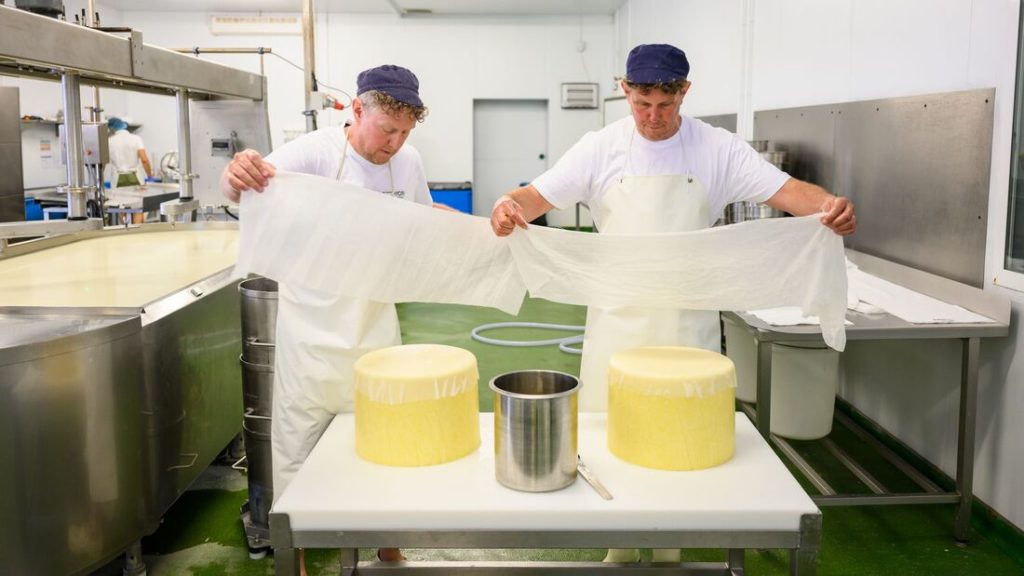
From farm to fork, Pitchfork Cheddar is over a year in the making, the key when creating the flavour and texture of a traditional cheddar.
Francis writes:
‘A moreish and complex with a creamy core of toasted nuts, wholegrain and Marmite hints with mineral and dry forest floor flavours at the rind. Exceptional.’
Sounds amazing doesn’t it!
Keens
Before WW2 there were over 500 farms producing cheese in the South West of England, after, only 10% were left and of those the modern production methods offered the chance to keep going. An incredible amount of knowledge has been lost. Three names stick out amongst those that were left making traditional handmade cheddar; Montgomery, Westcombe, both mentioned earlier, and then Keens.
The Keen family have been making raw milk Keens Cheddar since they moved to Moorhayes Farm in 1899. Five generations later they are still there and proud to be producing world famous, award winning British Cheddar Cheese. A real family concern, and another producer championing the traditional craft of ‘Westcountry Farmhouse Cheddar Cheese’ making. let’s face it, if you are on the fifth generation, not only should you have a good grasp of making cheddar, you also understand the legacy you inherit alongside the legacy you leave behind to the future generations of Keens family cheese makers.
We’ve settled on their Keen’s Extra Mature Cheddar because it really packs a punch and its a cheddar customers asked for.
How does Francis describe this 18 month aged powerhouse?:
‘The brittle core releases aromas of toasted nut and boiling custard, hiding a chilli-punch to the palate which receeds to notes of wild mushroom and dried fruits. Outstanding.’
What’s the real difference between ‘supermarket’ and traditional, handmade Cheddars?
Its quite simple really, during a traditional cheddar’s aging process it develops a rind and time also allows the long, rounded flavours to develop from the raw milk. The cloth allows moisture to leave, resulting in a concentrated flavour and a firm “body”. Supermarket cheddar is rindless, vacuum packed and uses pasteurised milk, making the results very different. Each have there place but for cheese with terroir, that is made with true passion through to its crunchy core… head for the cave!
Thanks to Francis Gimblett and his guide to the Best of British Cheeses, an amazing resource that shines light on some of Britain’s best and unknown cheeses and producers.
As always Lou and I are always here for help and advice if needed, just get in touch, we’d love to hear from you.

